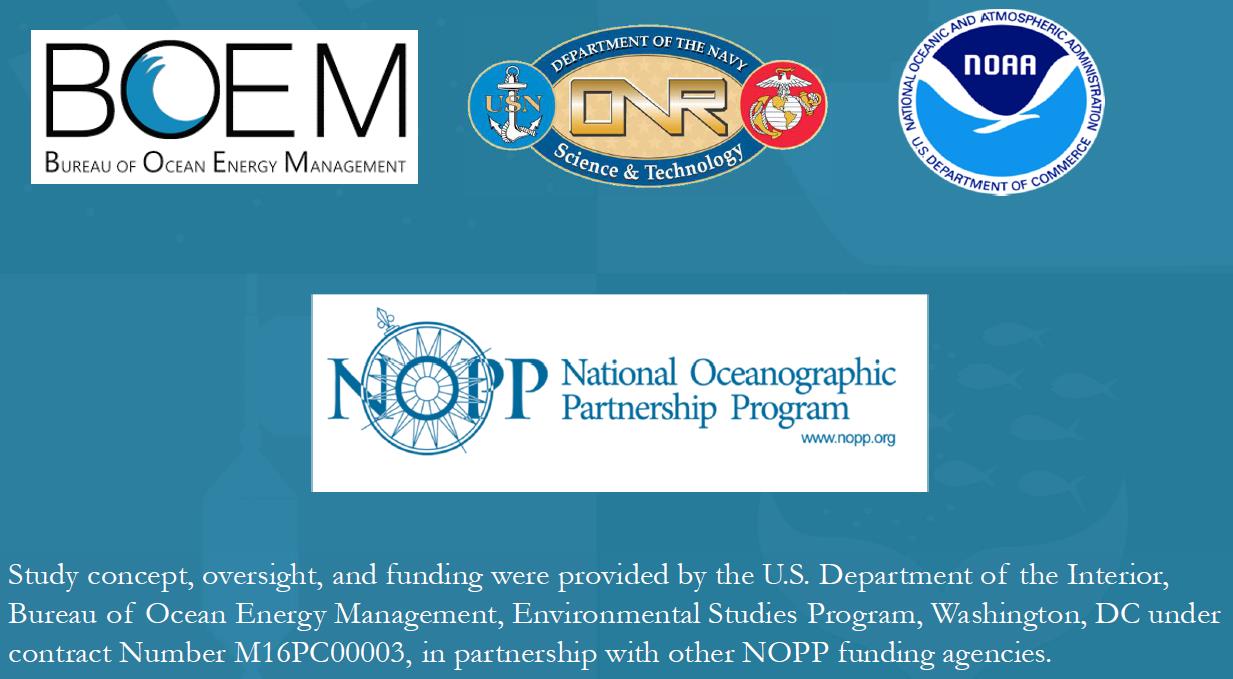Hello everyone! My name is Carmen Lawrence, a project scientist at JASCO Applied Sciences. My primary focus during this cruise is the successful retrieval, refurbishment, and deployment of our acoustic monitoring stations, “landers”, at each of the seven stations.
Retrieval and deployment are very straightforward, but what happens in between, the refurbishment, encompasses the bulk of effort during the lander process. I’d like to share one aspect of that process: the many ways to get dirty refurbishing a lander! There are four sources: biological, rust, anode, and antiseize.
Biological can come on any form! From small fishes that burrow within the lander nooks and crannies to accumulated growth of small tendrils that cover the instruments. The next type of debris comes from the sacrificial anodes that prevent excessive rust from accruing on the critical lander hardware. As the anodes react with seawater, they begin to form a layer of goop, becoming a powder when dry. Most of this can be washed away, but enough inevitably covers the lander surface, working area, and clothing. Unfortunately, not all of the hardware on the lander can be protected by anodes, and thus, rust does occur. This hardware needs to be replaced to ensure the structural integrity of the lander. If someone knows how to get rust stains out of clothing – please let me know! The final mess I’d like to mention is called antiseize. This metallic grey paste coats all the hardware on the lander and often needs to be reapplied during servicing. Inevitably, hands become covered in this substance. No matter how many times you wash and scrub, you can never get it all. When you combine these messy assailants, it makes one extremely grateful to have onboard laundry!


